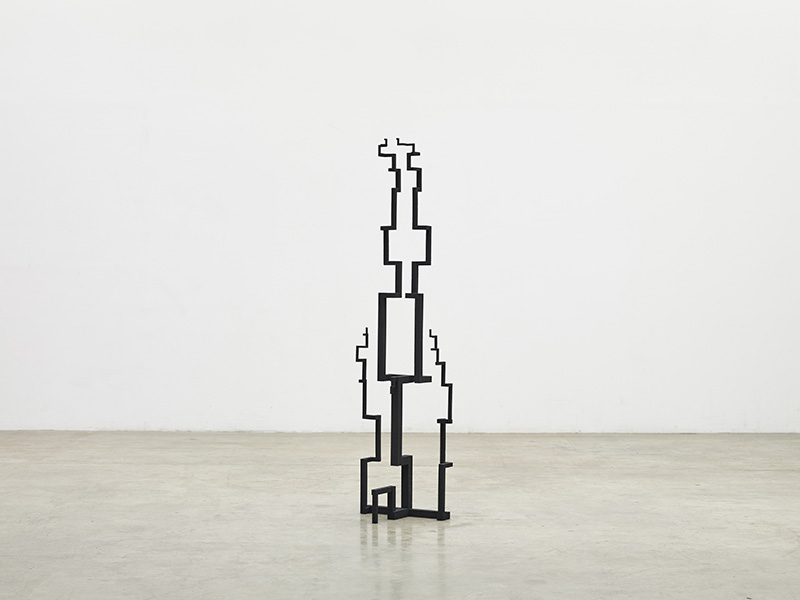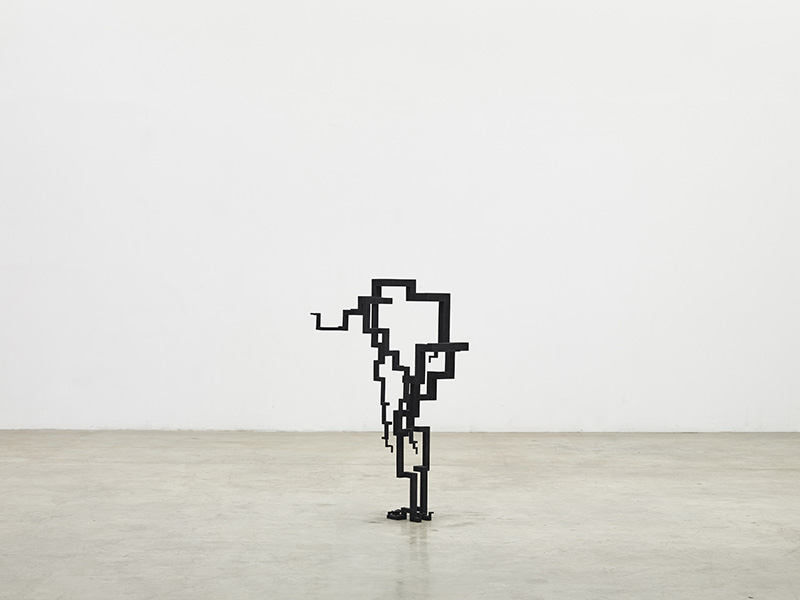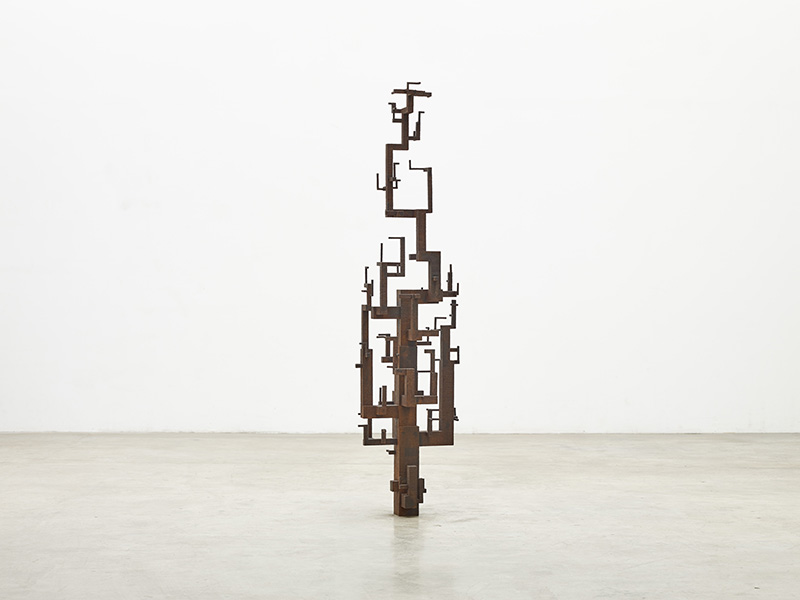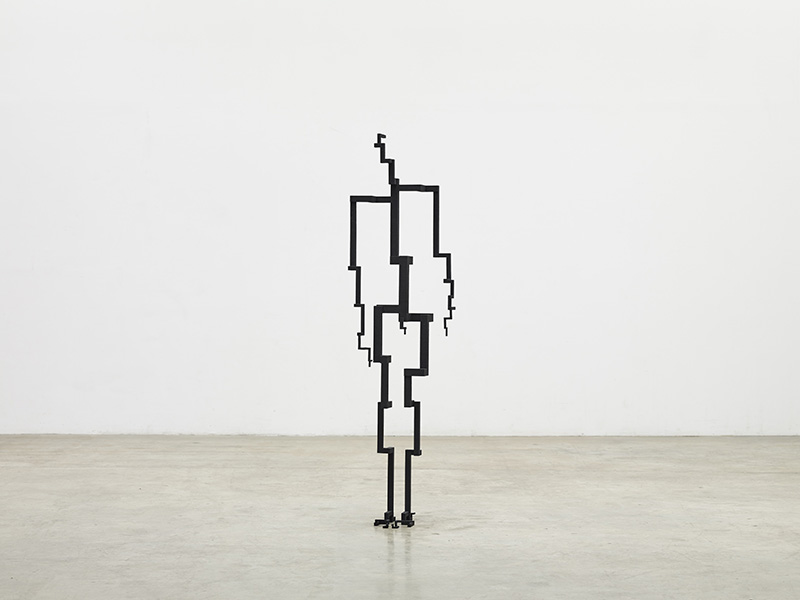ART CITIES:Hong Kong-Antony Gormley
 Antony Gormley work investigate the relationship of the human body to space. His work has developed the potential opened up by sculpture since the 1960s through a critical engagement with both his own body and those of others in a way that confronts fundamental questions of where human being stands in relation to nature and the cosmos. Gormley continually tries to identify the space of art as a place of becoming in which new behaviors, thoughts and feelings can arise.
Antony Gormley work investigate the relationship of the human body to space. His work has developed the potential opened up by sculpture since the 1960s through a critical engagement with both his own body and those of others in a way that confronts fundamental questions of where human being stands in relation to nature and the cosmos. Gormley continually tries to identify the space of art as a place of becoming in which new behaviors, thoughts and feelings can arise.
By Efi Michalarou
Photo: White Cube Gallery Archive
In “Rooting the Synapse”, his second exhibition at White Cube Hong Kong, Anthony Gormley presents a development in his recent practice with a new series of iron sculptures that apply plant-like branching systems to map a human body in space. The works of the exhibition draw upon a wide range of cultural references and further our fascination with repeating patterns within the natural world: from Greek key patterns, to the cloud patterns of ancient China. Antony Gormley, in his work examines aspects of the human presence in the world, often employing more than one figure placed within a landscape or cityscape. In 1994 he won the Turner Prize for contemporary art for a group of figural installations created under his direction. Applying this idea of alternative anatomy, Gormley’s new works, such as “SIGNAL” (2017), acknowledge the internal structure of the body as a central torso with extensions into its five extremities. Others like “ROOT” (2016) supplant this structure with multi-directional, space-searching tendrils that reach out beyond the body’s boundaries. In 1968 Gormley attended Trinity College in Cambridge, taking a degree in art history, archaeology, and anthropology, and thereafter traveled in India and Sri Lanka for three years. In 1974 upon his return to London, he studied at the Central School of Arts and Crafts, Goldsmiths College, and the Slade School of Fine Art. Struck by the manner in which people he had seen on his travels had created a private space in public places by covering themselves with a piece of cloth, he made his first plaster casts involving the human form. But the human form was only one of the subjects of his early work. In the early 1980s Gormley was drawn to examine questions of humanity in relation to the environment. He made his first whole-body casts in 1981. As he continued, he varied materials and positions (crouching, standing, kneeling, lying down), sometimes distorting the human figure or replacing human features with other objects. As gallery goers paused to examine the sculptures, they themselves seemed to be both the observers and the observed. This sense was even more pronounced in the “Field” projects that won Gormley the Turner Prize in 1994. Each of the Field installations was composed of tens of thousands of small staring terra-cotta figures, which were packed into a gallery room facing the entrance at which the gallery goer stood. The figures themselves had been constructed under Gormley’s direction within a variety of communities throughout the world. They were displayed as Field for the British Isles (England), American Field (Mexico), European Field (Sweden), Amazonian Field (Brazil), and so on. Gormley’s work took another turn when he began to place his naked life-size figures out-of-doors. Natural environments enhanced the fragility of the human form and somehow changed the philosophical questions that Gormley’s works evoked. Another highlight of his career was when Gormley’s “Event Horizon” was installed in Manhattan in 2010. That work consisted of 31 sculptures placed in the Flatiron district, some at ground level and others on rooftops and ledges in the vicinity of Madison Square Park.
Info: White Cube Gallery, 50 Connaught Road Central, Hong Kong, Duration: 27/3-19/5/18, Days & Hours: Tue-Sat 11:00-19:00, http://whitecube.com




